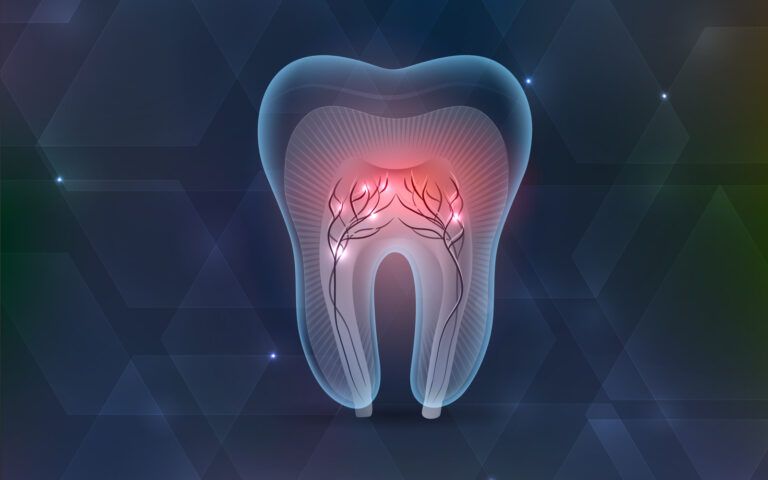What Are Dentofacial Deformities and How Are They Treated?

Dentofacial deformities occur in the oral cavity or the skull’s front (facial) portion. While these conditions can be mild, they can also present a significant struggle to the patient in question. These deformities come in many forms, including jaw orientation, position, or size issues. These concerns may be traumatic, congenital, or nongenetic. Certain habits, such as sucking the thumb in childhood, can also cause these deformities.
Exploring The Various Forms of Dental Deformity
There are numerous types of dental deformities that are recognized by dental science. Each of them has its source and can be treated using several approaches. Below we’re going to explore a selection of these deformities.
- Excessive Overjet – This deformity occurs when the upper front teeth are extended beyond the normal bite range. It is often the result of the lower jaw being removed from the normal position. However, it’s also possible for the upper jaw to extend beyond the nominal facial limits.
- Underbite – This condition is also known as a negative underjet. This occurs when the lower teeth are set forward of a nominal position. This deformity can occur due to insufficient upper jaw growth or excessive lower jaw growth.
- Open Bite – This occurs when the upper and lower teeth do not come into contact when the mouth is closed.
- Occlusal Cants or Facial Asymmetry – This is also a crooked smile and results in one side or the other developing unevenly.
Diagnosing these conditions is often a complex affair involving multiple specialists. During the initial consultation, the patient will be seen by both the orthodontist and the surgeon who will be working with them. The diagnostic process begins with a thorough medical and dental workup that includes an evaluation of the dental occlusion. A basic examination of the gingival tissue, known as a periodontal inspection, will be performed in most cases. In others, it may be necessary for a more advanced inspection of these issues to occur. The temporomandibular joint, masticatory muscles and other involved orofacial structures will also have to be evaluated.
Once a diagnosis has been reached and a treatment plan developed, the doctors will discuss these with the patient. They will have the underlying details of their condition fully explained to them. Following this, they will have the treatment plan discussed step-by-step.
Preparing For Dentofacial Deformity Treatment
Three stages occur in preparation for the treatment of dentofacial deformity. It begins with pre-surgical orthodontics. These appliances are generally applied to both dental arches. This is done to ensure that the patient’s teeth will be in the desired position and level prior to the next stage. Orthognathic surgery is the next step. This process is carried out under general anesthesia to correct the facial imbalances underlying the dental deformity being treated. In some cases, the patient will also need to be fitted with post-surgical orthodontic appliances to complete the adjustment of the teeth and produce the desired results. Speak to your orthodontist about dental deformity treatment procedures to find out if you may benefit from them.

Recent Comments